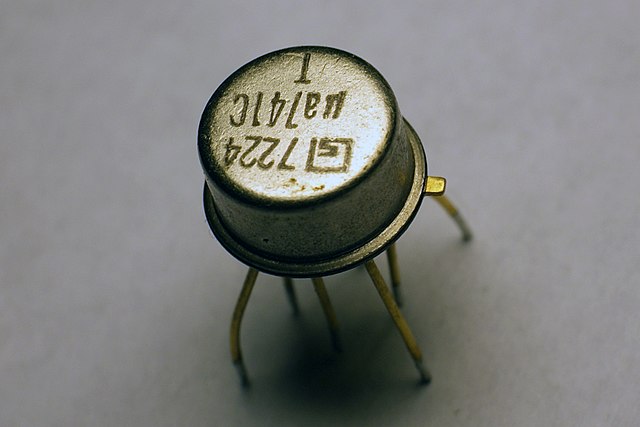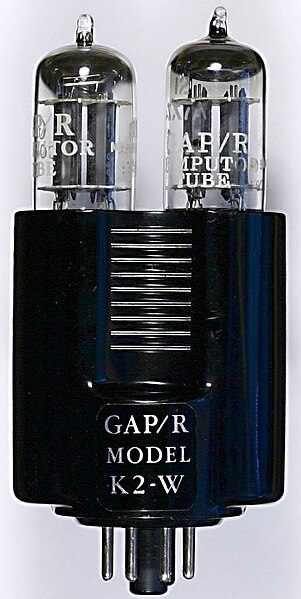A high-pass filter (HPF) is an electronic filter that passes signals with a frequency higher than a certain cutoff frequency and attenuates signals with frequencies lower than the cutoff frequency. The amount of attenuation for each frequency depends on the filter design. A high-pass filter is usually modeled as a linear time-invariant system. It is sometimes called a low-cut filter or bass-cut filter in the context of audio engineering. High-pass filters have many uses, such as blocking DC from circuitry sensitive to non-zero average voltages or radio frequency devices. They can also be used in conjunction with a low-pass filter to produce a band-pass filter.
Ideal high-pass filter frequency response
A 75 Hz "low cut" filter from an input channel of a Mackie 1402 mixing console as measured by Smaart software. This high-pass filter has a slope of 18 dB per octave.
Example of high-pass filter applied to the right half of a photograph. The left side is unmodified, Right side is with a high-pass filter applied (in this case, with a radius of 4.9).
An operational amplifier is a DC-coupled electronic voltage amplifier with a differential input, a (usually) single-ended output, and an extremely high gain. Its name comes from its original use of performing mathematical operations in analog computers.
The μA741, a popular early integrated op amp
GAP/R K2-W: a vacuum-tube op amp (1953)
LH0033CG: a high speed hybrid IC op amp
An op amp in a mini DIP package







